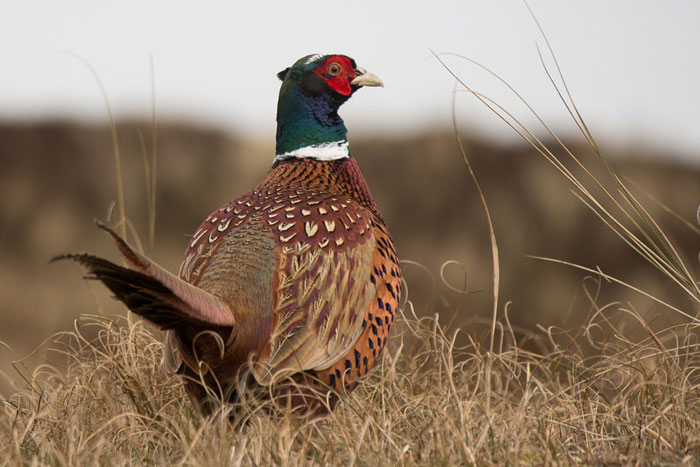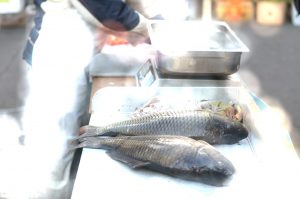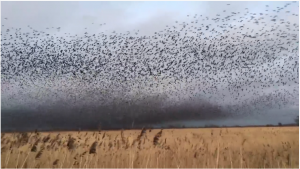A program roughly 50 years in the making has finally come to fruition in the state of Pennsylvania – one that will see a historic hunt many thought would never again take place.
Going back to the early 1970’s, ring-necked pheasant populations in the Keystone State were plentiful and hunting them over open agricultural fields was a favorite pastime of many in that era. As land management, re-forestation and agricultural changes started to take place, so too did the decline of these iconic game birds.
Over the years, the hunters that have pursued these birds have watched annual harvest numbers decrease from over 1 million birds to as little as 100,000, most of which came to be harvested on game farms throughout the state.
While the Game Commission continued to stock the landscape with pen-raised birds, hunters longed for the thrill of chasing wild pheasants that could survive independently on the landscape. Having become accustomed to human interaction, birds raised on farms simply do not offer quite the same hunting experience.
As such, the commission and other organizations scoured for solutions with the intention of establishing a wild breeding population of pheasants in the state of Pennsylvania.
Trapped in western states such as South Dakota, the commission and their partners began to stock wild birds in pre-established Wild Pheasant Recovery Area’s (WPRA) with the goal of establishing wild populations of pheasants that could one day be hunted.
Encompassing a six-year management program, each WPRA was selected based on the quality of available habitat. Once established, pheasants were then released periodically over a three-year period where they were then monitored for an additional three years. Using radio telemetry, crowing counts, brood surveys and flushing surveys, biologists are able to determine both survival and population numbers.
Over the years, population numbers have grown across the four WPRA’s, with the largest population increases noted in the Central Susquehanna WPRA, which saw the release of nearly 1,000 birds between 2007 and 2009.
According to biologist Tom Keller with Pennsylvania Game Commission, this year’s hunt truly is a conservation milestone.
“It’s a big deal,” Keller told the Times Leader. “It’s been a long road to get to this point. The loss of wild pheasants has been pretty detrimental to pheasant hunting, and restoring them was a major objective among sportsmen.”
Today, that historic achievement will be realized when 48 coveted permits will be available to Pennsylvania youth hunters to pursue these exciting game birds. The two-day hunt is set to take place on November 4 and November 11 exclusively and will come with a limit of one male bird per hunter.
Successful applicants between the ages of 12 and 16 will be assigned a hunt date and will be accompanied on their hunt by a mentor from the Central Susquehanna Chapter of Pheasants Forever.




